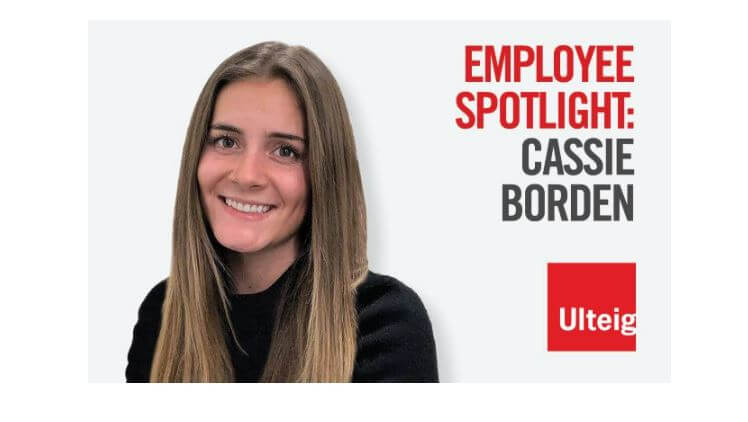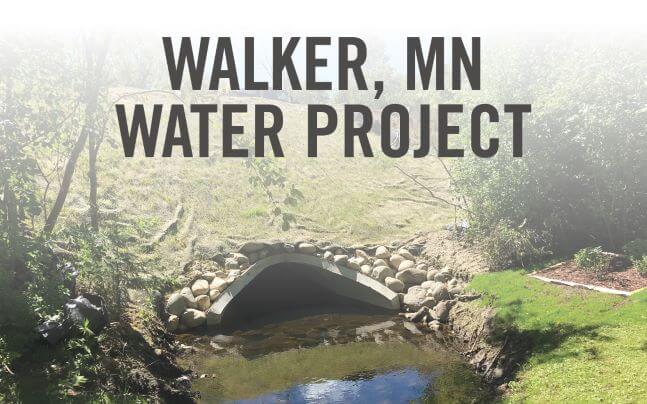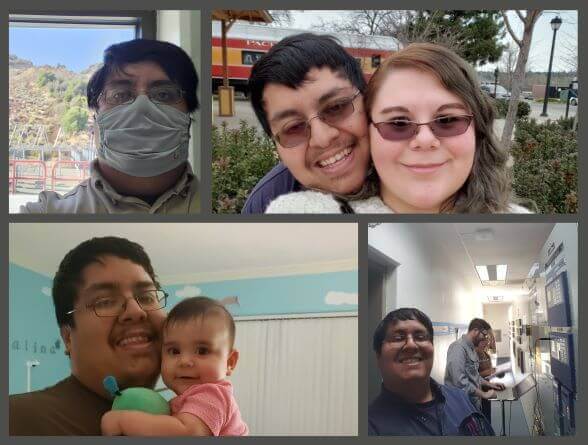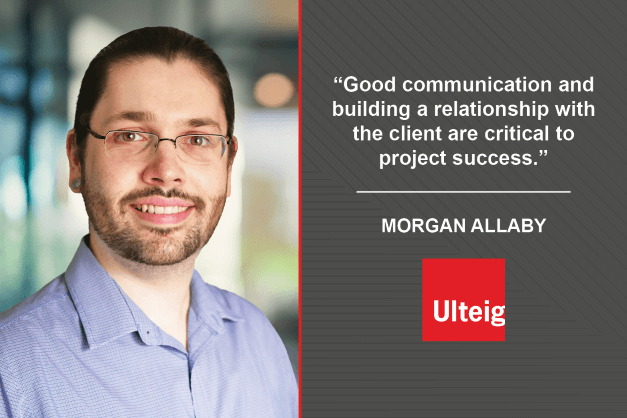What is your primary area of expertise?
“I work primarily in water resources engineering. Right now, the majority of projects I work on are solar or wind projects. In the preliminary design phases, we create two-dimensional models that simulate flood depths and runoff velocities for a design event. We typically model the 100-year flood, which shows us areas we should avoid building PV arrays or wind turbines based on the simulated depths and velocities within the site area. In future phases of the project, we use our modelling to predict areas of road overtopping and to design drainage crossings.”
What sparked your interest in working with Storm and Flood mitigation?
“I grew up on a property that has a lake in the front yard and a major river quarter-mile away. As you can imagine, our driveway and the roads surrounding our property flooded frequently. Every spring, we typically would have two weeks where we would canoe across our driveway. The road leading to our house frequently washed out and needed to be replaced most years. Because of the yearly challenges we faced, I grew up analyzing infrastructure and wondering what could be done to improve its design. It helps me in my current job because on every project I think to myself “how will this design impact the people who will live/work in the surrounding area?”’
What are you passionate about in your day-to-day work?
“I love finding ways to improve efficiency on projects. My job is very software intensive, which allows me to continuously analyze new products in the market and improve our design process. Water resources engineering is constantly changing. Most of the calculations we do and software we use are frequently updated to incorporate the most recent data available, which means I am always able to learn something new. “
What challenges do you see clients running into, and how do you/your team help them overcome these challenges?
“As the climate changes and extreme floods/droughts become more frequent, we are running into more water-related issues than ever. I primarily work with the extreme flooding component- our designs for certain storm events are exceeded more frequently, which compromises the infrastructure. To combat these changes in our design, our clients request that we design for higher storm events (for instance the 100-year rainfall instead of the 25-year). We use higher factors of safety in our work to ensure the design is adequate to withstand the amount of rainfall we anticipate. We are learning as we go, as more information is available, and as we discover how to design for our changing world.”
What are you looking forward to working with/on in the future?
“I look forward to finding better ways to conserve the water we have, design our infrastructure for extreme floods and droughts, and analyze our changing climate as the water crisis continues to impact our communities and our world. I’m also looking forward to working with some of the new software that is coming out within the water resources field. Some of them produce comprehensive models of entire cities that can predict storm events days ahead of when they will occur. Technologies like this allow us to make quick decisions and implement temporary design structures that protect our current infrastructure from devastating events. As the water crisis expands throughout our nation and we come up with better ways to conserve the water we have, design for the extreme floods, and analyze our changing climate, my job will remain the same. As a water resources engineer, I will continue to analyze the best data available and make design decisions that will withstand the extreme flood events in our changing environment.”




